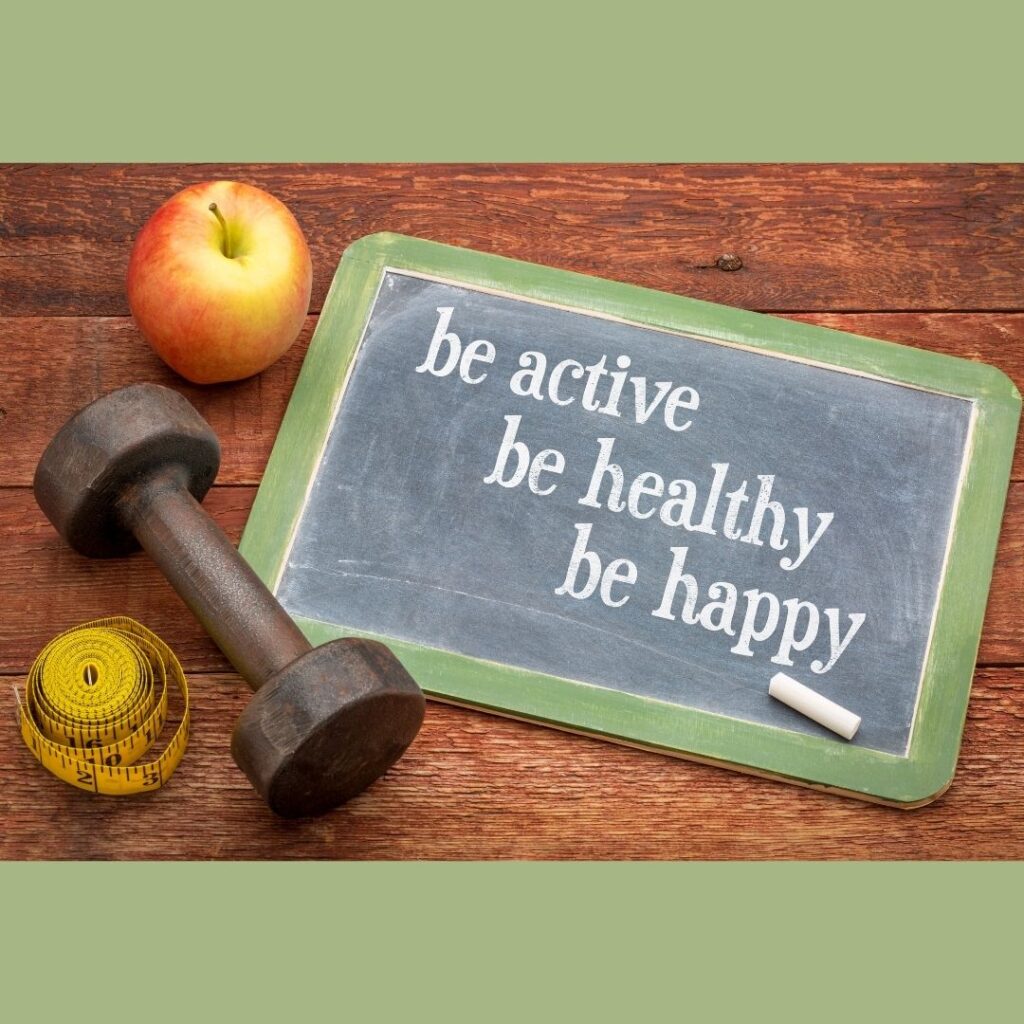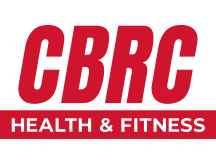BEING ACTIVE WITH PARKINSON’S DISEASE (PD)
Research clearly shows that regular exercise can reduce the severity of Parkinson’s Disease (PD) symptoms and slow down the progression of the signs of the disease. Being active will help you have more stamina, walk better and simply feel better about life. Although exercise will not reverse the disease, positive effects on the brain may help you
compensate for some of the changes with PD. Getting started sooner is best and you must stick with it to keep getting the benefits.
AEROBIC ACTIVITY
Aerobic activity increases your breathing and heart rate, will improve your stamina, and can help slow the progression of PD. Build up to doing at least 150 minutes/week.
What? Any rhythmic, continuous activity.
How Often? Most Days, 3-4 days a week.
How Hard?Fairly light to start or if you have advanced PD. Build to somewhat hard for those with mild to moderate PD.
How Much? Start with 5-10 minutes/day. Gradually build up to 30 minutes over the day.
Aerobic Activity Cautions: Start slowly and gradually increase your time and effort. If walking for exercise, try using walking or hiking poles to help with balance. Cycling classes for those with PD have shown good results, particularly when you are coached or forced to pedal fast.
STRENGTH TRAINING
Strength training is important for people with Parkinson’s disease because it builds muscle. Loss of muscle is common for people with PD.
What? Resistance bands, weight machines, or your own body (for example, sit to-stands or squats at the kitchen counter)
How Often? 2-3 days a week. Rest on in-between days.
How Hard? Start with light effort then build to medium to hard effort.
How Much? 10-15 repetitions (for each major muscle group). Perform 1-3 times.
Remember: Avoid free weights if you have advanced PD since they’re easier to drop. Get help from a certified exercise professional who can teach you the right way to do exercises, which ones are best for you, and how to breathe properly.
Strength Training Cautions: Focus on the muscles of your back, butt, and hips to help you stand up straighter. Muscle soreness may mean you did too much, but it will go away. Build up slowly. Doing strength training exercises on a soft surface, balance pad, or disc can help your balance but have someone nearby if needed.
OTHER TYPES OF PHYSICAL ACTIVITY
Flexibility: PD can affect flexibility, so exercises to improve posture and movement and keep your joints stiff are important. Focus on your chest, arms, trunk, and neck. There are two kinds of flexibility exercises, slow stretching and moving a joint through its full range of motion (ROM), ex: arm circles and trunk rotations Motion is lotion!
Balance and coordination: Balance and coordination activities for at least 30 minutes 2-3 days/week can help
prevent falls and promote smooth movement. Simply getting stronger, especially in your legs, stomach, and back, helps with balance too. An exercise professional can guide you safely through balance and coordination training, teaching special techniques for different stages of PD. There are many helpful exercises you can do either sitting, standing, or stepping depending on your movement challenges
Other Ideas: – Group exercise classes, such as cycling, boxing, and seated aerobics, are often available for people with PD and help you connect with others.
– Coordination Activities that require agility and balance such as Tai chi, Pilates, yoga, punching a boxing bag, or dancing (tango or waltz) are great for those with PD. These activities connect the mind and body and are fun too!
– Be Musical Moving to music may help you overcome movement difficulties related to bradykinesia (slow movement) and freezing episodes. Dancing with a partner also helps — and is enjoyable for both of you.
– Just for Fun Find ways of being active that are just plain fun. Play pickleball or ping pong. Dance. Play outdoors with your kids or grandkids. Find what makes you smile and do it often!
MOVEMENT HEALTH & MOVEMENT FUNCTION
Our Exercise Professionals believe that exercise is medicine and are eager to assist! To get started today call (509) 943-8416 or email morganfewel@my-cbrc.com.
American College of Sports Medicine, Exercise is Medicine accessed December 2020, <https://www.exerciseismedicine.org/>
